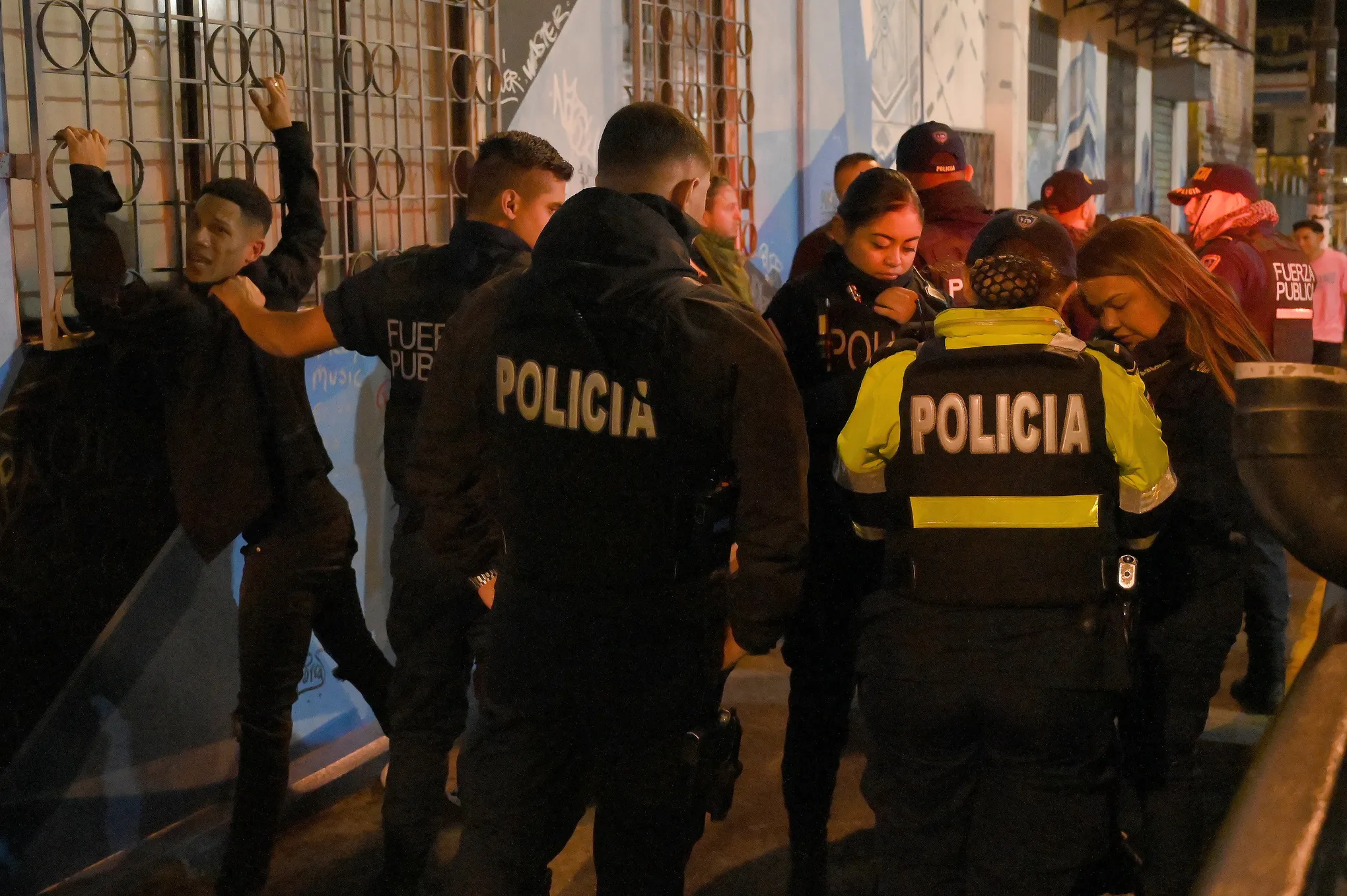2024 has seen at least 17 people lose their lives in bar shootouts or violent brawls across Costa Rica. Whether it’s heated disputes or premeditated hits, bars have become hotspots for deadly encounters. The most recent tragedy took place in Barrio Cuba, San José, claiming the life of engineer Eugenio Androvetto.
A Chilling Trend
This Sunday at 12:17 a.m., a double homicide unfolded after a heated argument at Bar Alabama in Los Chiles. Just 40 minutes later, engineer Eugenio Androvetto was gunned down in the bustling capital, inside the Las Tunas bar and restaurant. The assailants are still at large, leaving investigators from the OIJ (Judicial Investigation Organization) grappling for answers.
Eugenio Androvetto, a Ministry of Health official, became a statistic in a growing list of victims targeted in public places. As authorities work to uncover the motive behind Androvetto’s murder, whether personal or professional, the case highlights a disturbing pattern.
The Modus Operandi of Hitmen
Criminologist Tania Molina explains that hitmen operate with chilling precision. They study their victims’ routines meticulously, tracking their frequent haunts and timing their attacks. Public or private, no location is off-limits—be it football fields, mechanic shops, parks, restaurants, or even schools. The disregard for human life is stark.
In some cases, these contract killers work for meager rewards—sometimes as low as ₡30,000, a pair of sneakers, or even for free to climb the criminal ladder. They receive orders and a photo of their target via cell phone, making the process alarmingly straightforward.
These assassins often have “spotters” or informants who alert them when the target arrives at a specific location, providing real-time updates on their movements. Upon receiving a text or call, the killers swoop in, often on motorcycles, helmets on to avoid identification by CCTV cameras. They are driven by adrenaline, showing no empathy or remorse.
Bars: The Epicenter of Violence
While some bar deaths result from drunken disputes, most are cold-blooded assassinations. Hitmen invade bars and other public spaces, sometimes even homes, to execute their missions. “We’ve reached a point where violence knows no boundaries,” says Molina.
The case of Eugenio Androvetto is not an isolated incident. On July 6, at Bar La Cima in San Josecito de Alajuelita, a shooter killed Gersan Nicola Vargas Rodríguez and Pavel Jordany Vargas Rodríguez, sons of musician Eduardo Vargas Quesada. A third individual was also injured.
In another incident, Jorge Pablo Marín Campos, known for organizing private parties, was killed on February 29 at La Casona Sport Bar in Alajuela. These violent episodes are becoming alarmingly frequent, turning nightlife into a deadly gamble.
Rising Crime Rates
With crime on the rise, three provinces—San José, Limón, and Puntarenas—have already recorded over 100 murders in the first seven months of 2024. The national total stands at 509, just shy of last year’s record, making it one of the most violent periods in OIJ’s history.
The surge in violence has transformed everyday locations into potential crime scenes. Whether in high-end districts or humble suburbs, no place is immune. Even hospitals have not been spared, with incidents occurring within their walls, highlighting the pervasive nature of this violence.
Calls for Action
The Costa Rican public is alarmed and demanding action. Social media is abuzz with calls for more robust security measures and government intervention. Citizens urge the government to invest in security and law enforcement to stem the tide of violence.
A Stark Reality
Criminologist Molina points out that the indiscriminate nature of these attacks increases the risk of collateral damage. Innocent bystanders are often caught in the crossfire, leading to more casualties. The casual nature with which these killers operate—shooting wildly and indiscriminately—adds to the public’s fear and frustration.
Costa Rica faces a daunting challenge. The rise in violent crime, particularly in public spaces like bars, underscores a pressing need for comprehensive security reforms. As the nation grapples with these issues, the stories of victims like Eugenio Androvetto serve as a grim reminder of the human cost of this epidemic. It’s a call to action for all levels of government and society to address the root causes of this violence and restore safety to the streets of Costa Rica.

